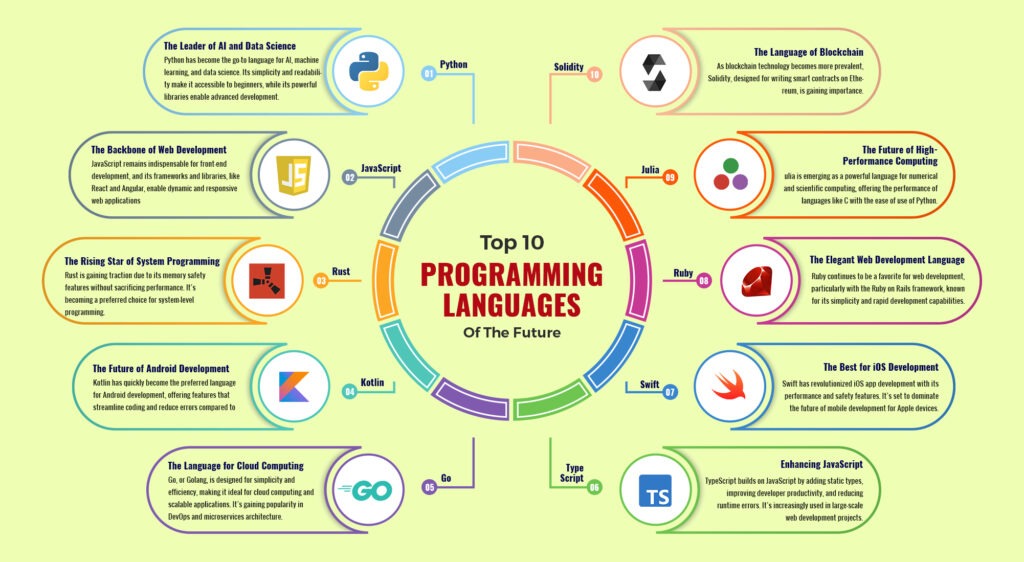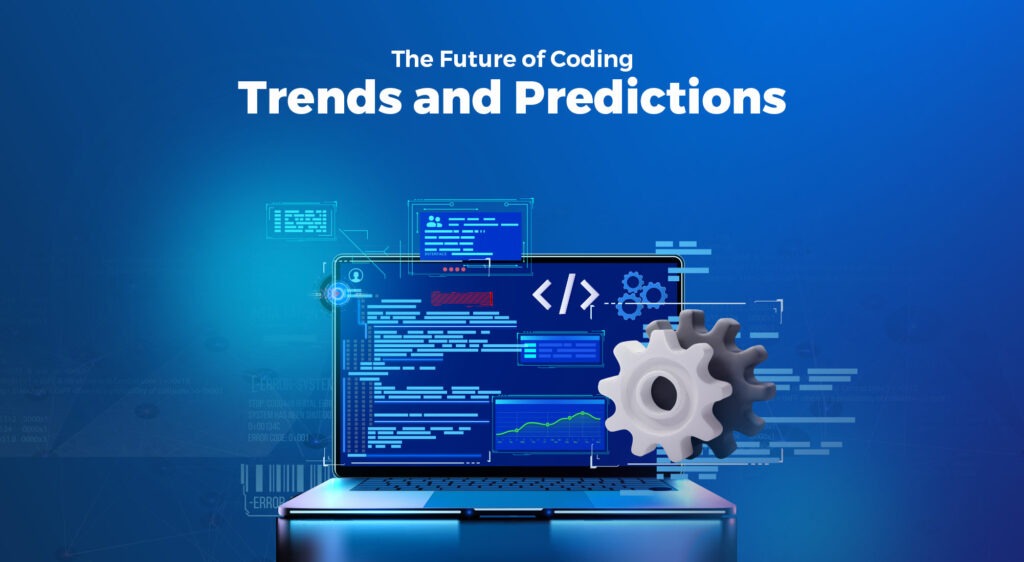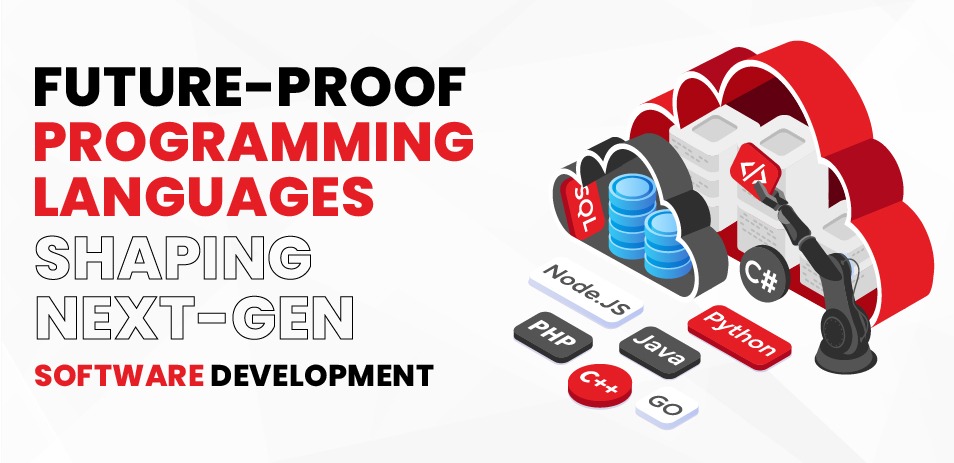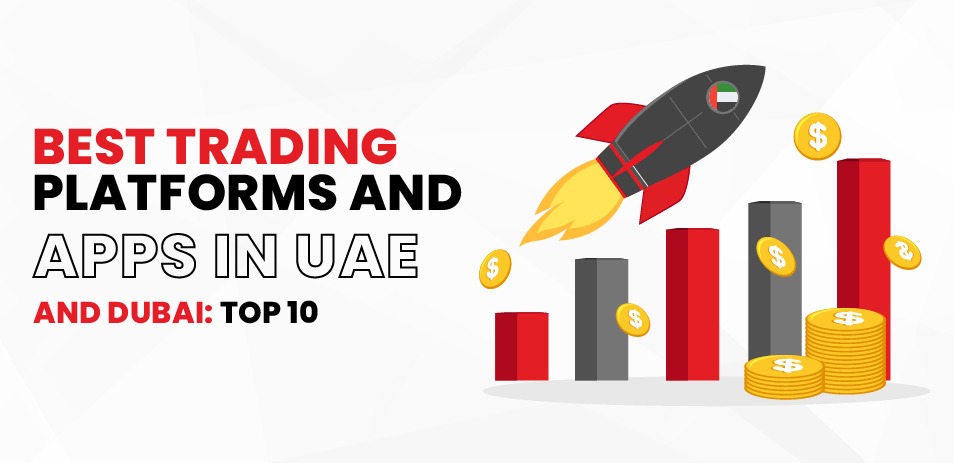Programming is progressing relatively fast through the stages of its existence, influenced by constant increases in technology and changes in requirements. As technologies such as artificial intelligence, automation, data science, and cloud computing move from novelty to such core requisites, some programming languages assume more importance. These languages are not mere utilities but rather enablers, and with the right help of developers, these languages can help solve incredibly demanding problems while creating next-generation software applications.
In the future, a wise choice, destined to remain effective across many years, is unquestionably multi-purpose programming languages. We anticipate more demand for languages that would complement those involved in artificial intelligence, handle complex datasets, and trip the automation process.
To succeed in this new world, it shall be important to know which languages will drive this change and how to harness them.
The Future of Programming Languages: An Overview
In today’s fast-growing technological world, programming languages can be considered as the basics of creating any software. The major technologies are AI, Blockchain, and Quantum computing, and as such, there is a good need to develop languages that can perform complex tasks and, at the same time, be powerful and flexible. Every linguistic sub-system that is willing and able to shift and match these technological changes will continue to remain relevant. In contrast, others are relegated to the dustbin of linguistic uses.
Key Considerations for the Future of Programming Languages:
- Adaptability to Emerging Technologies: Languages that can seamlessly integrate with AI, blockchain, and quantum computing are poised to dominate.
- Performance and Scalability: It will be critical to be able to handle large-scale applications and process vast amounts of data efficiently.
- Versatility and Flexibility: Languages that offer multi-paradigm support and can evolve with new requirements will have a competitive edge.
- Developer Support and Community: Strong ecosystems with active communities will continue to drive the popularity and adoption of future languages.
- Security and Reliability: As cybersecurity threats increase, languages that prioritize security features will be more desirable.
- Cross-Platform Compatibility: The demand for languages that support cross-platform development across various devices will continue to rise.
Ready to improve your coding skills?
Partner with AppVerticals to gain access to high-quality resources and training programs that will prepare you for future programming languages and help you develop in your profession.
Yes Let’s goTop 10 Programming Languages of the Future

1. Python: The Leader of AI and Data Science Python has become the go-to language for AI, machine learning, and data science. Its simplicity and readability make it accessible to beginners, while its powerful libraries enable advanced development.
2. JavaScript: The Backbone of Web Development JavaScript remains indispensable for front-end development, and its frameworks and libraries, like React and Angular, enable dynamic and responsive web applications.
3. Rust: The Rising Star of System Programming Rust is gaining traction due to its memory safety features without sacrificing performance. It’s becoming a preferred choice for system-level programming.
4. Kotlin: The Future of Android Development Kotlin has quickly become the preferred language for Android development, offering features that streamline coding and reduce errors compared to Java.
5. Go: The Language for Cloud Computing Go, or Golang, is designed for simplicity and efficiency, making it ideal for cloud computing and scalable applications. It’s gaining popularity in DevOps and microservices architecture.
6. TypeScript: Enhancing JavaScript TypeScript builds on JavaScript by adding static types, improving developer productivity, and reducing runtime errors. It’s increasingly used in large-scale web development projects.
7. Swift: The Best for iOS Development Swift has revolutionized iOS app development with its performance and safety features. It’s set to dominate the future of mobile development for Apple devices.
8. Ruby: The Elegant Web Development Language Ruby continues to be a favorite for web development, particularly with the Ruby on Rails framework, known for its simplicity and rapid development capabilities.
9. Julia: The Future of High-Performance Computing Julia is emerging as a powerful language for numerical and scientific computing, offering the performance of languages like C with the ease of use of Python.
10. Solidity: The Language of Blockchain As blockchain technology becomes more prevalent, Solidity, designed for writing smart contracts on Ethereum, is gaining importance.
AppVerticals can help you access high-quality resources and training programs that will prepare you for future programming languages and help you develop in your profession.
The Future of Coding: Trends and Predictions

The following trends can be mentioned as the primary trends defining the future of coding: low-code/no-code platforms, integrating AI into the coding process, and cybersecurity. All these trends are dictating the languages developers choose to learn and use.
Key Trends Shaping the Future of Coding
- AI-Assisted Development: Programs such as GitHub Copilot and other code generation tools that help with writing, reviewing, and optimizing code are now an essential part of AI in coding. Some of these tools are expected to decrease manual coding requirements and increase efficiency, among other things.
- Low-Code/No-Code Platforms: Low-code and no-code platforms are the latest innovation that allows people with little programming skills to create applications. These platforms are meant to make development easier, so they do not totally eliminate coding altogether.
- Increased Focus on Security: As threats become more advanced, there is a shift towards ‘security as code,’ which means integrating security measures into the code itself. Frameworks that come with in-built security attributes and facilities will continue to gain significance, as will languages that have inherent security provisions and standards for secure programming.
- Growth of Quantum Computing: Quantum computing is expected to transform many fields, including cryptography and optimization. Qiskit and Cirq are the programming languages used for quantum computing; these programming languages will become more common as technology advances.
- Integration of DevOps and Continuous Integration/Continuous Deployment (CI/CD): DevOps practices and CI/CD pipelines are frequently used in software development and are considered more effective and efficient ways of working. This shift emphasizes programming languages and tools that can seamlessly tackle integration and deployment aspects.
- Rise of Edge Computing: Today, edge computing is becoming increasingly popular due to the increased number of IoT devices and the required real-time data processing. Programming languages and frameworks that allow for optimizing edge computing and distributed systems will be vital.
Predictions for the Future of Coding
- Increased Demand for Multi-Paradigm Languages: Paradigm agility would, therefore, determine that languages that support both functional, object-oriented, and procedural paradigms would become features of greater value since they can be applied to the different requirements of development.
- Evolution of Existing Languages: Languages that have been in development for some time, such as Python, JavaScript, and Java, are likely to keep on developing and enhancing new features and functionalities to effectively cope with the dynamism in development. They have big libraries and frameworks that will allow them to remain relevant.
- Emphasis on Cross-Platform Development: With more platforms and devices available for usage, there will be strong features of cross CVD and cross-language that can allow developers to build applications across platforms.
- Growing Importance of Developer Soft Skills: Expertise in the technology itself will be insufficient; problem-solving skills, interpersonal and communication skills, and teamwork will become more important as development groups become more integrated and cross-functional.
- Greater Focus on Sustainability: Society’s concerns with coding and technology roles in the environment will receive even more focus. Software developers and overall companies will require an understanding of the energy consumption of the code in question as well as the sustainability of the development process.
Challenges Facing Programming Language Popularity
Nevertheless, programming languages face some challenges. For developers and companies, these challenges come from the fact that technology changes fast, languages have a learning curve, and programming communities are fragmented.
1. Rapid Technological Change
- Constant Innovation: Given the speed of technology changes, it is not surprising that new programming languages and frameworks are on the rise. Maintaining these advances can get chaotic, putting pressure on developers to decide precisely which languages merit the time and money investment.
- Obsolescence Risk: Old languages that used to dominate the programming world can easily be outcompeted by new technologies and/or programming paradigms. This can result in a reduction in the life cycle of some languages and tools.
2. Learning Curve and Adoption Barriers
- Complexity of New Languages: As with other programming languages, new programming languages are normally associated with a steep learning curve, which may prevent developers from embracing them. The major drawback is the great need for training and adaptation.
- Transition Costs: Switching from one language to the other is costly. This involves rerolling developers and recoding previous codes. This can well become a deterrent to companies’ adoption of contemporary lingos.
3. Fragmentation of the Programming Community
- Diverse Ecosystems: Programs have made several programming languages available, which has split up developers. Every language has its frameworks, libraries, and tools, which often leads to a lack of standardization or even support.
- Community Support: Again, the problem for languages with fewer speakers is that they cannot access enough resources, libraries, and support. This can limit the use and sustainability of the intervention programmes.
4. Compatibility and Integration Issues
- Legacy Systems: Old programming languages are still in use since many organizations employ the applications of legacy systems. Integrating such new languages with existing systems is always complex and likely to be expensive.
- Cross-Platform Compatibility: Compatibility between new languages and tools is critical to ensuring that more organizations adopt them in diverse settings. Compatibility problems can also contribute to the delay of new languages’ integration processes.
5. Security and Reliability Concerns
- Security Vulnerabilities: Unlike in well-established languages, it takes time to build security features in new languages, which makes them easy targets for attackers. Organizations and developers should be careful when transitioning to a new technology because that move is not without its security risks.
- Reliability and Stability: The age of a language determines its reliability to a given extent. Newer languages might not have been tried and tested in real-life usage, and thus, people may be apprehensive about their stability.
Software Development Languages: Choosing the Right Tool for the Job
Choosing the correct language for a project depends on factors such as the project’s objectives, the programmers, and the environment. It is for this reason that companies, particularly those in software development centers such as Dallas, need to make auspicious decisions to withstand competition.
Key Points:
- Project Requirements: Different projects have different needs. For example, Python is ideal for AI projects, while Swift is better suited for iOS app development.
- Team Expertise: The development team’s skill set should influence the choice of language. Investing in training for emerging languages can future-proof a company’s development capabilities.
- Technology Stack: The existing technology stack should complement the chosen language to ensure seamless integration and development efficiency.
Ready to improve your coding skills?
Partner with AppVerticals to gain access to high-quality resources and training programs that will prepare you for future programming languages and help you develop in your profession.
Yes Let’s goWhich Programming Language is Most in Demand?
As much as programming languages are specialized products, their demand is variable over time, depending on industry trends, new technologies, and market requirements. Today, Python, JavaScript, and Go are in high demand primarily because of their usage across most sectors, including tech ones, particularly AI, website development, and cloud facilities.
1. Python
- Versatility and Ease of Use: Python is still in great demand because of its simplicity and easy-to-understand syntax, which is loved by novices and professionals alike. It has numerous libraries and frameworks that can be useful in areas such as web development, data analysis, artificial intelligence, and, of course, machine learning.
- Industry Applications: Ever since Python became an indispensable tool in data science, AI and automation have led to its high demand. Today, industries of all fields are using Python for data analysis, predictive modeling, and algorithm construction.
2. JavaScript
- Web Development Dominance: JavaScript is crucial in web development processes. It enables front-end and back-end web development using frameworks like React, Angular, and Node. Js. Due to its features in developing simulated and dynamic web applications, it is an irreplaceable tool in the technological world.
- Ecosystem Growth: Therefore, JavaScript will remain relevant in the future due to its consistently emerging as the next big thing in the JS frameworks and libraries, along with its very active and vibrant developer community.
3. Java
- Enterprise and Android Development: Java’s programming language has been widely used by enterprises from the earliest days and is used to develop Android applications. Java itself remains in hallmark demand every year. It has been applied and supported by complex business applications because of its robustness, scalability, and large ecosystem.
- Cross-Platform Capabilities: Java’s ‘‘write once, run anywhere’’ model favors cross-platform development, which is why it remains popular today.
4. C#
- Microsoft Ecosystem Integration: C# is one of the primary programming languages in the Microsoft environment and is employed extensively to design applications based on the. NET framework. It is used in enterprise solutions, the gaming industry using Unity, and web development using ASP. NET makes it one of the most sought-after.
- Cross-Platform Potential: Thus, with the appearance of. Thanks to NET Core, C# has also become cross-platform, allowing its usage not only in Windows environments.
5. SQL
- Data Management and Analysis: SQL (Structured Query Language) is an important language for developing databases and retrieving data. Owing to its functionality for processing complex queries and large amounts of data, the tool is suitable for positions requiring data manipulation and reporting.
- Industry Relevance: Based on this, the role of data and analytics planning, which involves the use of SQL-based technologies, continues to grow in different industries as managements focus on data-driven decision-making across the enterprise.
The Role of Software Development Companies in Dallas
It has also been noted that over the years, Dallas has been regarded as a vital center of technology and software. Nowadays, various industries and companies in Dallas have taken and will continue taking leading positions in using and incorporating these future-oriented programming languages to create new-age applications.
Key Points:
- Adoption of Emerging Languages: Software development companies in Dallas are leveraging languages like Python and Kotlin to meet the growing demand for AI-driven and mobile applications.
- Training and Development: Dallas-based companies are investing in training programs to equip their teams with skills in the most in-demand languages, ensuring they stay competitive in the rapidly evolving tech landscape.
- Industry Influence: Dallas’s software development industry is influencing the broader adoption of these languages through pioneering projects and collaborations with other tech hubs.
Conclusion: Navigating the Future of Programming
Due to the constant changes in the field of programming, it is helpful to keep track of which languages are currently popular and what trends are on the rise for developers and companies. The fast pace at which technologies are evolving, coupled with the changes in the industries, show that there is a need to select languages that are efficient, flexible, capable of being adapted in the future, and performant. In light of this, it means that by adopting languages reflecting the current trends like AI, cloud computing, and data science, developers place themselves strategically in the implementation of the dynamic change and are ready to be relevant.
That is why flexibility and a desire to learn are so important in relation to the further effective functioning of programming in conditions that may be considerably different from the present day. That is, view the change precipitated by new technologies and be open to developing skills that will be required in the development of the next generation of software solutions.
Ready to improve your coding skills?
Partner with AppVerticals to gain access to high-quality resources and training programs that will prepare you for future programming languages and help you develop in your profession.
Yes Let’s go







